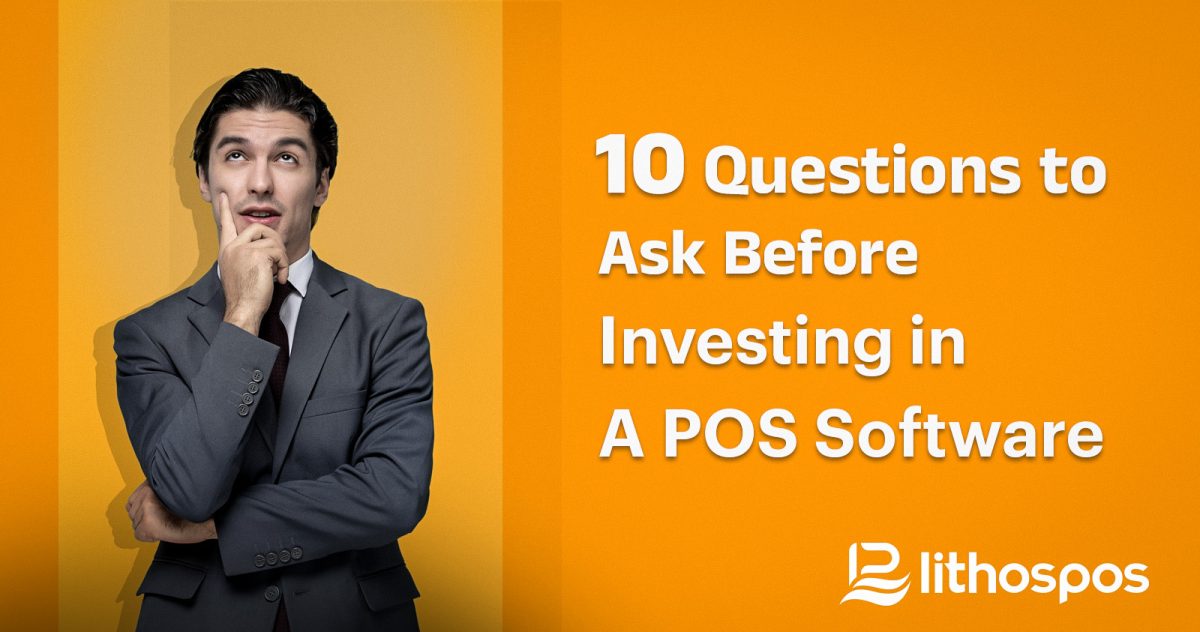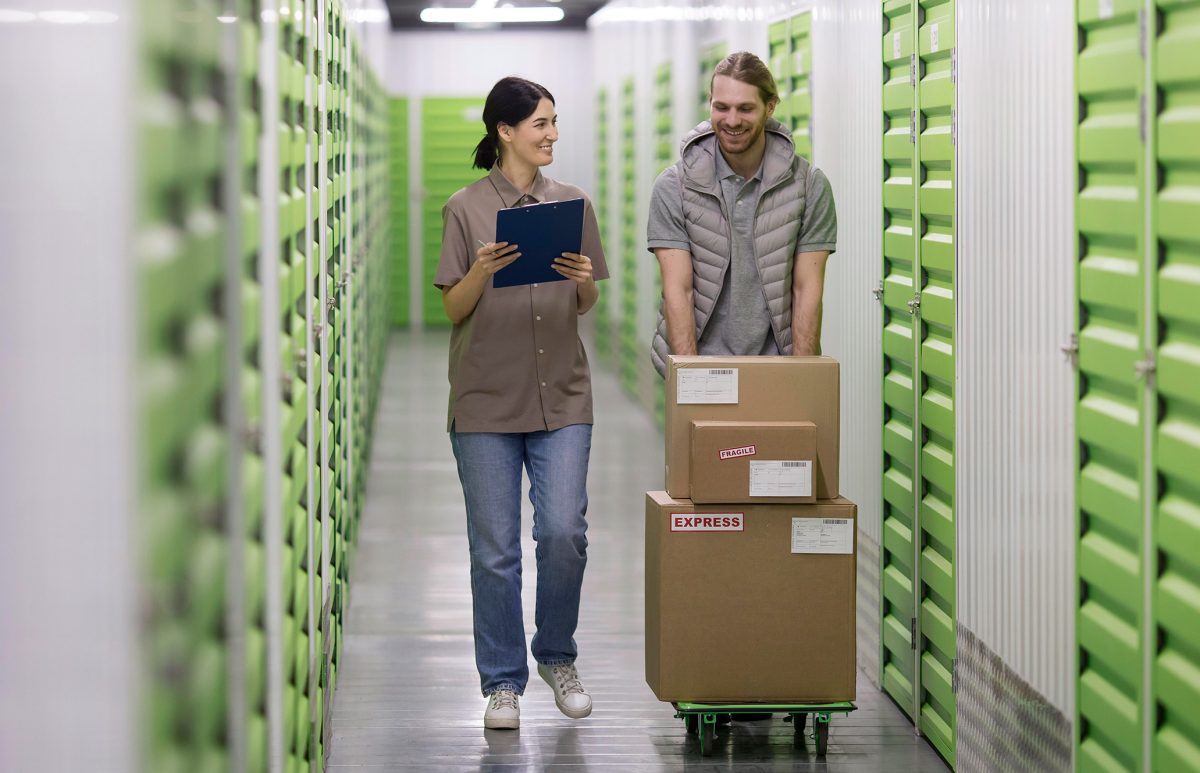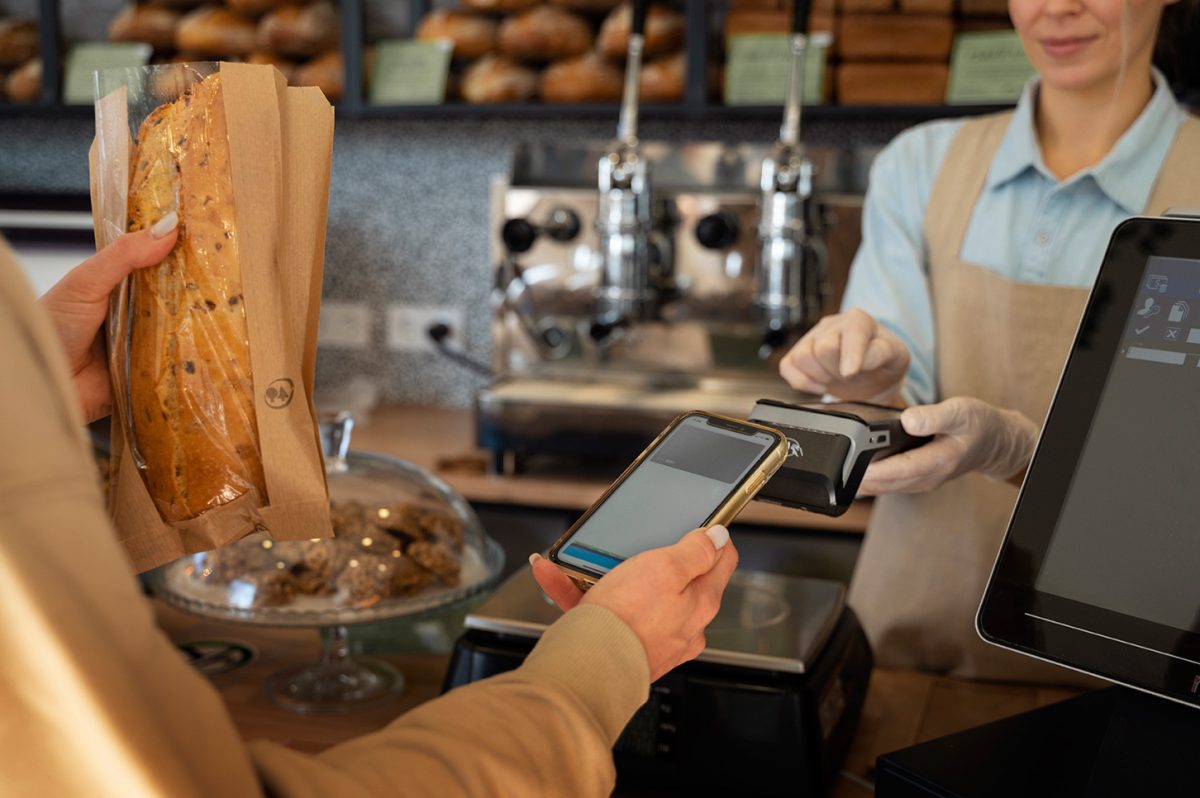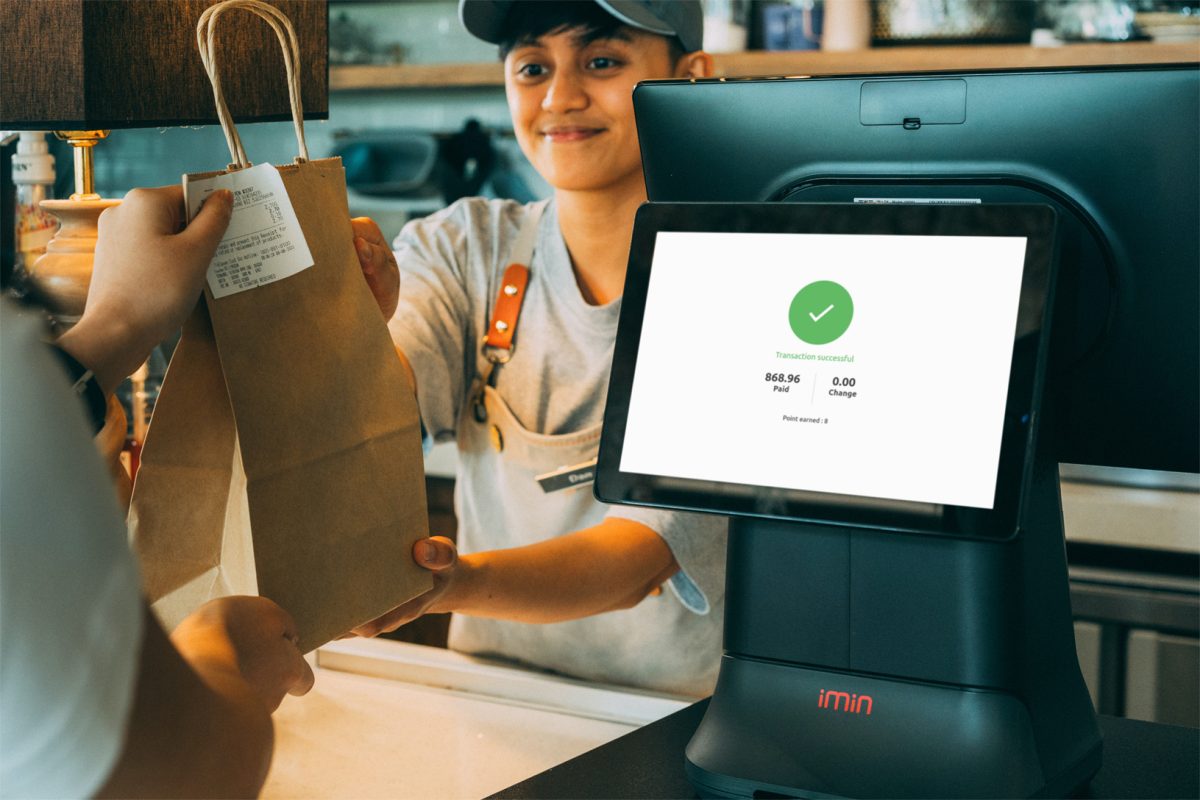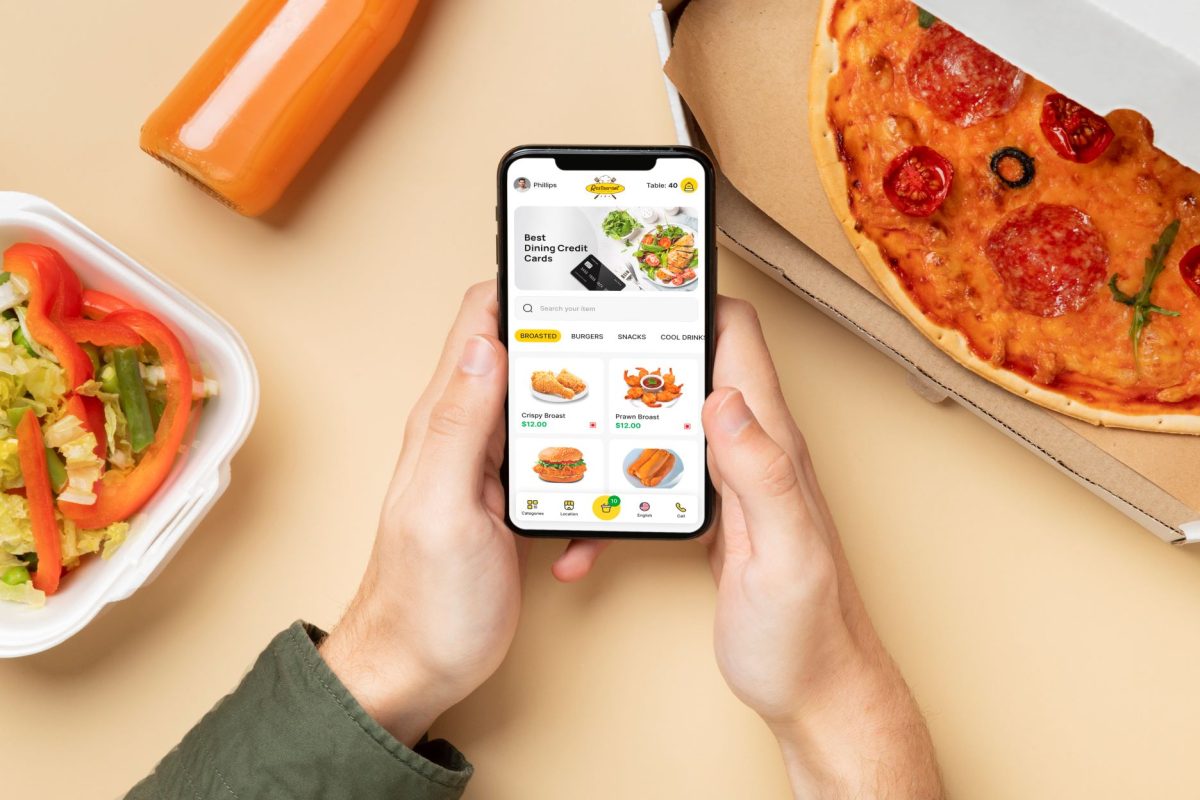Choosing a POS software brings challenges that can overwhelm business owners. Key concerns include ensuring seamless integration with existing tools such as accounting software and payment gateways and offering ease of use to minimize staff training time. Reliable customer support is essential to avoid long downtimes, while scalability ensures that the system can grow with the business. Data security and flexible payment options are essential to protect transactions and meet customer expectations. Businesses in low connectivity areas also need offline capabilities to stay operational.
Business owners often face numerous challenges and questions when choosing a POS solution. With so many options available, it’s easy to feel overwhelmed. Common challenges include ensuring that the solution meets your specific needs, handles growing demands, and fits within your budget.
In this blog, let’s explore ten key questions to consider before investing in a POS solution
1.What features does the POS solution offer that align with my business needs?
Many off-the POS software do not meet the specific needs of industries such as retail and hospitality, leading to inefficiencies. For restaurants, handling table reservations, order management, and inventory tracking can quickly become overwhelming with generic systems.
Similarly, retailers face challenges with inventory management, transaction speed, and providing a seamless customer experience.
Industries require more than basic functionality. The right POS solution should offer customized features such as real-time data insights, inventory management, and customizable order processing to respond to unique business requirements.
| LithosPOS addresses these challenges by offering industry-specific features such as spreadsheet management, inventory tracking, and real-time data insight. With customizable menus, barcode scanning, and robust reporting, LithosPOS ensures your operations are efficient, accurate, and efficient. Whether you run a restaurant or retail business, POS solutions like LithosPOS are designed to support the unique requirements of your business. |
2.Is the solution scalable as my business grows?
As businesses grow and expand into multiple locations, POS software designed for single-location use often struggle to keep up with increasing complexity. Without the right solution, managing inventory, processing orders, and ensuring consistent service across locations becomes a challenge. Adding new users, synchronizing data, and integrating online and offline operations can cause disruption if not handled effectively.
A scalable POS software is critical to maintaining smooth operations across multiple locations. It should offer seamless multi-branch management, real-time data synchronization, and flexibility to accommodate business growth.
| LithosPOS is designed to adapt to your business. It offers seamless multi-site support and ensures consistent operation across all sites. Whether you’re adding new locations or expanding your user base, LithosPOS seamlessly integrates online and offline functionality, providing a flexible, performance-based solution as your business grows. |
3.Is the POS solution user-friendly and easy to train my staff on?
Complex POS software often lead to employee frustration, requiring lengthy training sessions that disrupt operations. This can lead to confusion, errors, and reduced productivity, especially in fast-paced environments such as restaurants or retail stores.
POS software should be easy to use, enable rapid adoption, and minimize training time for your employees. An intuitive interface, clear navigation, and helpful tutorials are key to ensuring your team can get up and running efficiently, reduce sign-up time, and keep your business running smoothly.
4.Does it offer offline compatibility?
Relying solely on an Internet connection for POS operations can lead to disruptions during outages, stopping transactions and affecting overall efficiency. Businesses in areas with unreliable internet access can face significant problems when software go offline, resulting in lost sales and data inconsistencies.
Reliable POS software should offer offline functionality to keep business operations running smoothly even when there are connectivity issues.
| LithosPOS offers robust offline compatibility that ensures operations continue smoothly even when the internet is down. This feature allows you to continuously process transactions and track sales without interruption with automatic data synchronization upon reconnection to prevent any data loss or disruption to your business. |
5.Does the POS solution support multiple payment methods?
Customer expectations for flexible payment options are higher than ever, and offering a limited range of payment methods can lead to lost sales and frustrated customers. With a wide range of payment preferences, businesses must accommodate different options to remain competitive. POS software that supports multiple payment methods is essential to meet these requirements and ensure smooth and convenient payment for every customer.
| LithosPOS a comprehensive POS software enables businesses to accept more than 50 global payment methods, including credit/debit cards, digital wallets, and contactless payments, ensuring seamless and convenient payment for every customer. |
6.How secure is the POS solution?
Data breaches and fraudulent payments pose significant risks to businesses that can lead to financial losses and damage to customer trust. Without robust security measures, sensitive data such as payment information can be vulnerable to attacks, putting your business at risk.
| LithosPOS an all-in-one POS software addresses these concerns with advanced security features that adhere to international privacy and quality standards, including the European Union’s General Data Protection Regulation (GDPR), and the Payment Card Industry Data Security Standard (PCI DSS), to ensure the highest level of protection for all sensitive information. This adherence ensures the highest level of protection for all sensitive information, giving businesses and their customers peace of mind. |
7.What reporting and analytics capabilities does it provide?
A lack of real-time insights can hinder your ability to make informed decisions and leave you in the dark about key performance metrics and sales trends. Without accurate data, businesses may struggle to identify areas for improvement, optimize operations, or respond effectively to changing customer needs.
| LithosPOS provides comprehensive tools for analyzing sales patterns, tracking revenue, and monitoring inventory levels, ensuring you can optimize inventory and reduce waste. With customizable reports tailored to the needs of your business, you gain a clear view of key performance metrics, enabling data-driven strategies that improve efficiency and drive growth. |
8.Can it integrate with my existing tools and platforms?
Managing separate software for accounting, third-party applications and delivery platforms often leads to inefficiencies and increased manual effort. These disconnected processes can lead to errors, data inconsistencies, and wasted time, all of which hinder overall business productivity.
| LithosPOS solves these challenges by seamlessly integrating with your existing accounting software, delivery platforms, and third-party applications. By consolidating operations into one unified software, LithosPOS increases data accuracy, saves time, and simplifies workflows, ensuring a more efficient and connected business process |
9.What are the setup and maintenance costs?
Hidden fees and high maintenance costs can turn a seemingly affordable POS software into a costly burden for businesses. These unexpected costs, along with infrequent updates and limited support, can strain budgets and hamper operations.
| LithosPOS solves these problems with transparent pricing and affordable plans tailored to businesses of all sizes. With regular updates and dedicated support, LithosPOS eliminates the need for costly maintenance and ensures cost-effective and trouble-free operation for a long time. |
10.What kind of customer support does the vendor provide?
Inadequate customer support can cause extended downtime and lost revenue when technical issues arise. Businesses often struggle to resolve issues quickly, leading to business interruption and customer dissatisfaction.
| LithosPOS eliminates these problems with 24/7 customer support. Whether via live chat, phone, or email, LithosPOS’ responsive support team is always there to help, ensuring minimal disruption and keeping your business running smoothly at all times. |
Conclusion
Investing in the right POS software is a critical decision for any business, and asking the right questions can help you make an informed choice. By considering factors such as scalability, ease of use, offline functionality, security, and customer support, you can find a solution that not only meets your current needs but also supports your future growth.
Solutions like LithosPOS offer industry-specific features, seamless integration, and end-to-end support, allowing your business to run efficiently, securely, and without interruption. Taking the time to evaluate these key aspects will lead to more efficient, cost-effective, and progressive POS software that will improve your business operations and customer experience.
LithosPOS — The ultimate partner in smarter operations and happier customers.
Ready to take your business to the next level? Contact us today!

